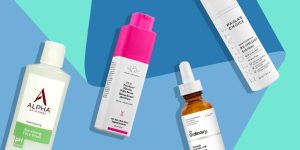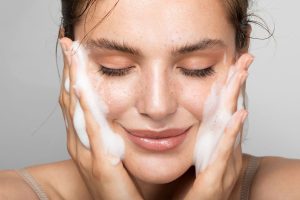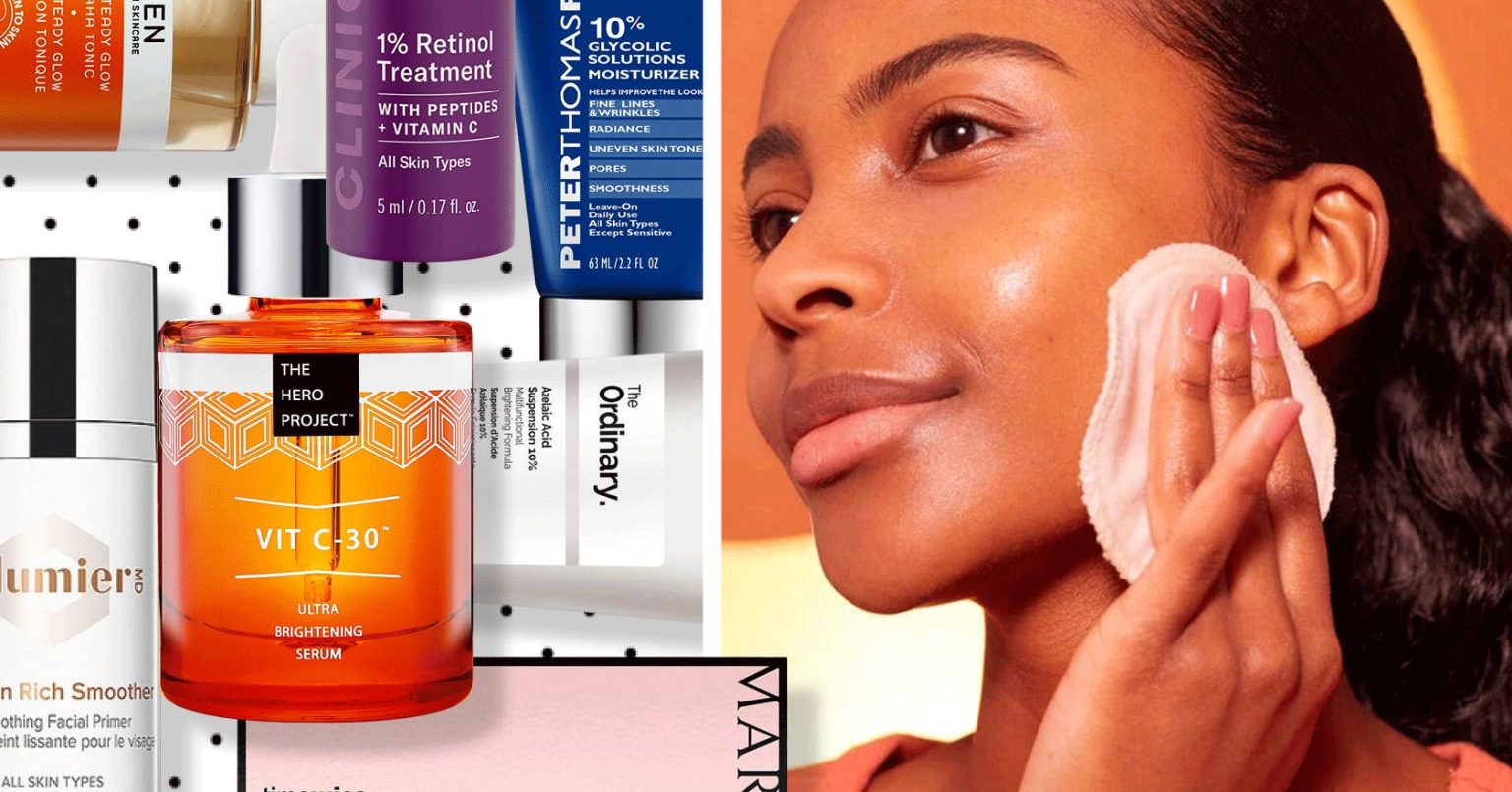Everyone approaches their skincare routine differently. For some, a simple routine consisting of a wash, moisturizer, and SPF is all that is required. If your products lack active ingredients, they will not bring out the best in your skin. Retinol, Vitamin C, and an Exfoliating acid, such as alpha hydroxy acid (AHA) or beta-hydroxy acid (BHA). Active components can be found in both over-the-counter and prescription drugs from your dermatologist. It’s up to the firm or brand how they want to advertise them whether they’re clearly labeled as “active ingredients” on your ingredients list. There are numerous nutrients that guarantee healthy, glowing, and youthful skin.
What exactly are Active Ingredients- Skincare?
These are components that help your skincare product achieve what it claims to do. They are also known as actives. In other words, actives address the issue (wrinkles, acne, dryness, etc.) that they are attempting to solve. It does not imply that the other chemicals are inactive; rather, they aid in the delivery of the active ingredients, they play a supportive role and actives it.

Here are the three active ingredients that are the most effective for any skin type:
RETINOL
Retinol is a type of retinoid that is a synthetic version of Vitamin A. You may have also heard of Retin-A, which is prescription-only retinol, also known as tretinoin. Retinol works by gently exfoliating and stimulating skin renewal to reveal younger-looking skin. It reduces the appearance of wrinkles and blemishes while also evening out skin tone and improving moisture retention. Yet, this does not preclude younger or more prone skin from benefiting. It can also help to control oily skin and minimize acne.

Anticipate to witness a reduction in wrinkles, redness, and pores, as well as visibly younger-looking skin. According to most doctors, retinol should be administered at night when you are least exposed to UV rays. Retinol may make your skin more sensitive to the sun, especially in the first few weeks of use. Retinol is also susceptible to degradation when exposed to sunlight, making it less effective.
VITAMIN C
Vitamin C is a potent antioxidant that can be given topically to boost collagen formation (the main protein in our skin). It helps to strengthen the dermis, reduce fine wrinkles, and maintain firm, young skin. Secondly, it helps as antioxidants. It protects skin cells from damaging free radicals caused by UV radiation. Third, it suppresses melanin synthesis in the skin.

It lightens hyperpigmentation and dark spots by levelling out skin tone and increasing brightness. As a result, incorporating vitamin C into your skincare routine will result in radiant, bouncy, and healthy skin.
ACIDS
As previously stated, acids are classified into two types: alpha hydroxy acid (AHA) and beta-hydroxy acid (BHA). Both are exfoliants, although they act significantly differently and are better suited to different skin types.
AHAs
Glycolic and lactic acids are examples of AHAs (which traditionally come from lactose). They help with a variety of skin conditions, including pigmentation, rosacea, dryness, sensitivity, acne, and congestion. AHAs are water-soluble and can be used on both normal and dry skin.

They function by breaking down the link between layers of dead skin cells, which speeds up the cell renewal process. Skin seems clearer, brighter, and plumper. Glycolic acid has the lowest molecule size in the AHA group, which means it can quickly penetrate the skin but can also irritate it.
BHAs
Salicylic acid is perhaps the most well-known BHA. BHAs, like AHAs, operate to break down the link between layers of dead skin cells and are ideal for oily or acne-prone skin. What’s the difference here? Because BHAs are oil-soluble, they also penetrate the pores. They have the ability to penetrate deeper into the pores and remove dead skin cells and excess sebum.
How to Work Them Into Your Skincare Routine
We understand that figuring out how to layer your goods and when to utilize them can be difficult. Contrary to popular opinion, you can utilize substances like Vitamin C and Retinol together without reducing their potency.
Here are three ways to incorporate these three active ingredients into your daily skincare routine:
Early in the Morning-

- After cleansing and drying your skin, use Vitamin C dose.
- Glow oil plus a few drops of Vitamin C, Massage 15% Vitamin C Brightening Serum into your skin.
- Then, as your AHA, apply one or two pumps of Lactic Acid Serum on the face and neck.
- Finish with moisturizer and sunscreen, especially if you’re new to exfoliating acids, which can make your skin feel sensitive.
For acne-prone skin, replace Acne Treatment Face Oil with Vitamin C and Turmeric Face Oil.
At Night-
- Apply one or two pumps of Retinoid Serum to your skin after cleaning and drying it. Let it to absorb for a few minutes.
- After absorption apply Vitamin C serum + Turmeric Face Oil.
- Let Retinoid to absorb for a few minutes.
- Apply Lactic acid serum to your face to complete your skincare.
- Finish with a moisturizer, which you may not require if you have oily skin.



